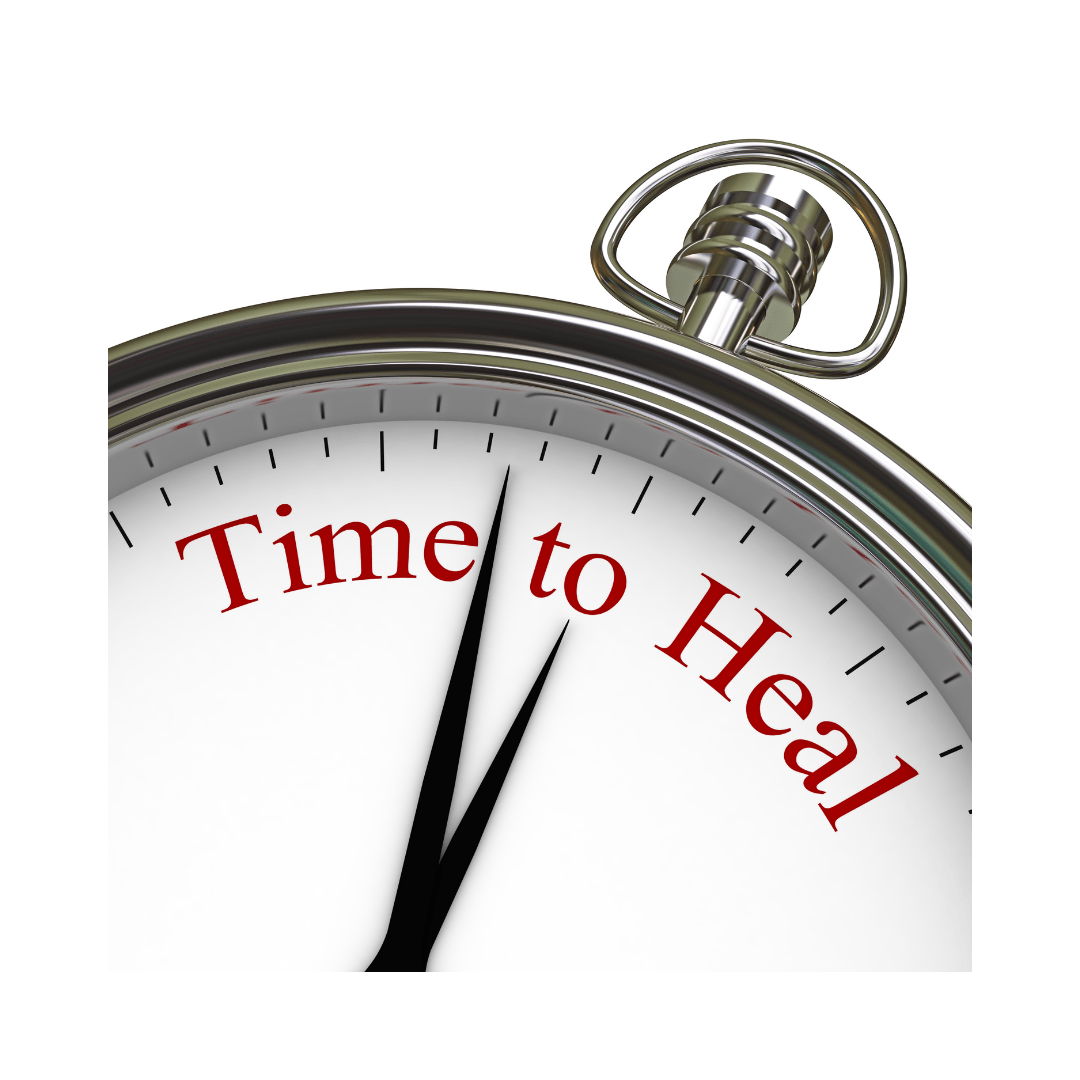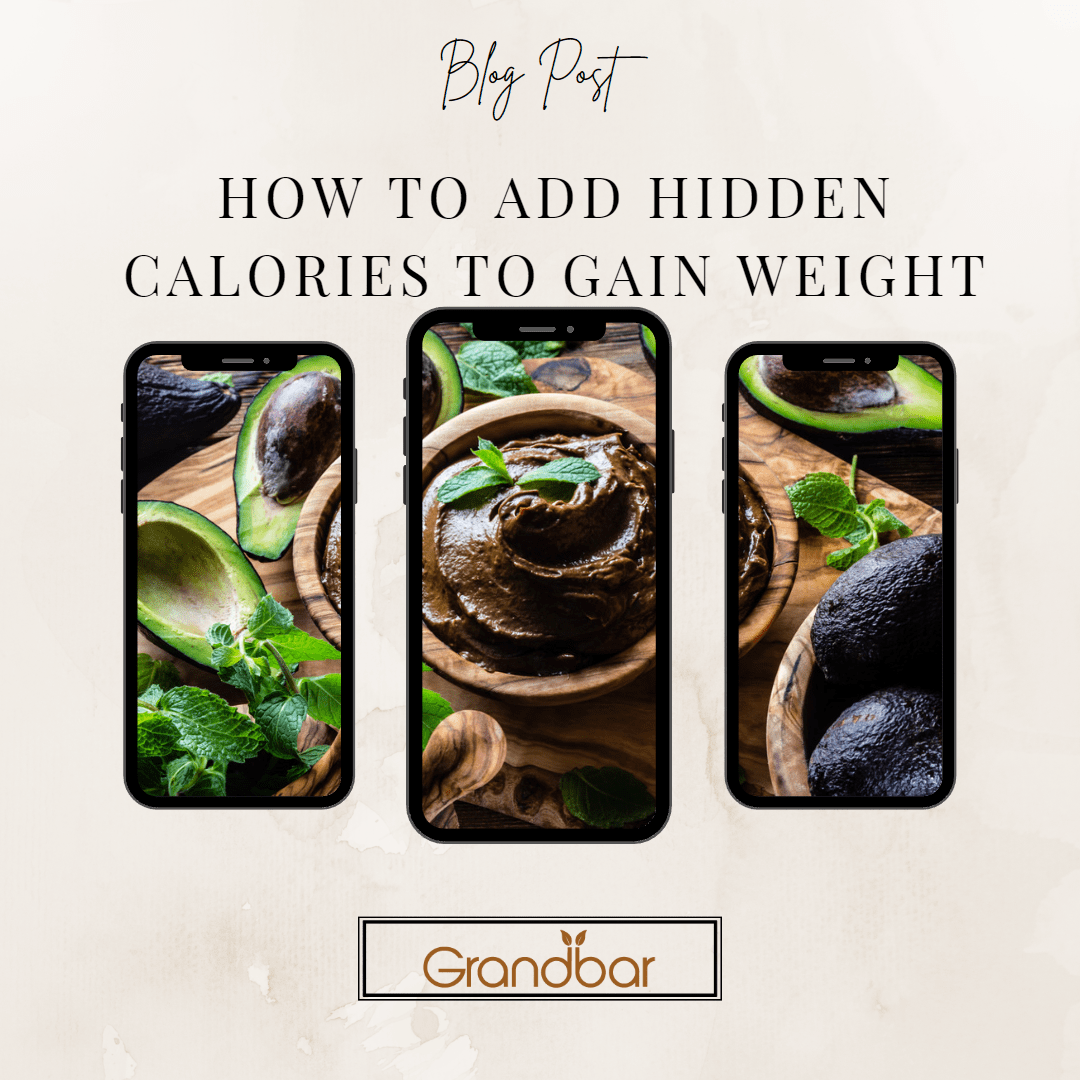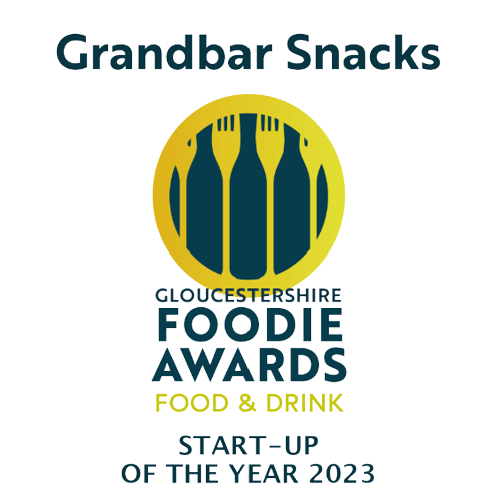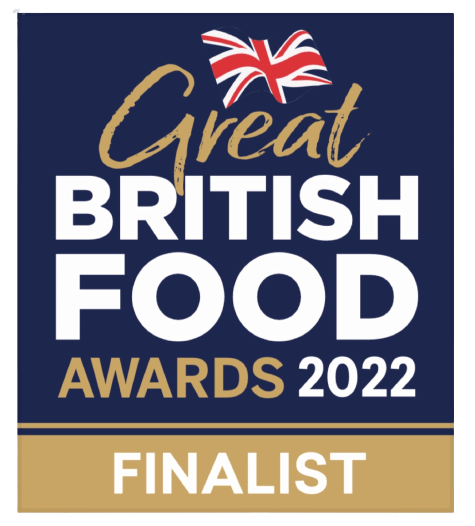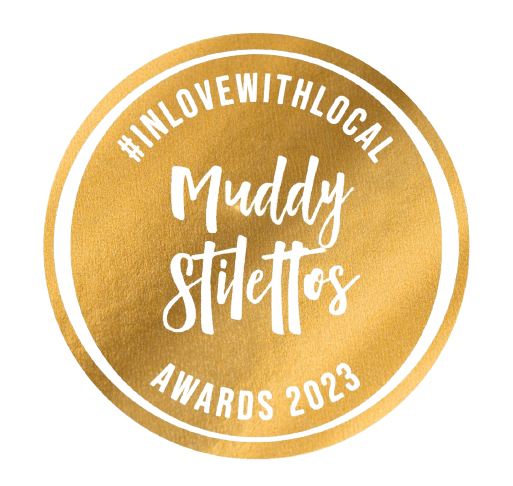As well as being a Nutrition Advisor for the Elderly and the founder of Grandbar Snacks, I also am a Dementia and End of Life Doula.
It was while I was taking my 96-year-old client to a hospital appointment recently that I decided on the topic for this blog. She has developed a leg ulcer due to dry skin and declining blood circulation in her legs. It’s very sad to see and very painful for her. She has pain at night, but the agony comes twice a week when the dressing (the anti-slough pad with iodine, the non-stick dressing, the bandage and the compression sock) gets changed. I hold her hand, while my own stomach clenches and I forget to breathe until the ‘procedure’ is over.
While we were there, I spotted a display that the nurses must have created about how to prevent and help cure many wounds, not just leg ulcers….and it was (pleasingly, to me) entitled Feed Your Wound.
So, I, and the NHS staff in Cirencester Hospital, want to share the fact that what you eat can have a huge impact on preventing and healing wounds.
When you have a leg ulcer (or any wound) that is wet you lose key nutrients through the break in the skin. The 3 major ones are Protein, Vitamin C and Zinc.
Protein
Protein is vital to the body for good health. When you have a wound, protein can prevent it from getting worse and actually speed up healing. Protein is needed to control the inflammatory response to wounds and injury and is important for a healthy immune system. Even more importantly, protein is needed to create collagen and elastin that forms new tissue.
If you don’t eat enough protein you will struggle to heal any wounds. You are also in more danger of scrapes and knocks developing into leg ulcers that can become large, painful and long-lasting problems. Protein deficiency can also cause oedema and unwanted weight loss. Oedema is swelling, generally of lower limbs, related to poor circulation and mobility.
So, if you have an injury, a wound, or if you’re worried about any of the above issues….increase your intake of meat, eggs, fish and dairy as well as cereals and pulses.
Vitamin C
Vitamin C plays a big part in wound healing. It helps infection-fighting white blood cells reach the wound and aids in the creation of new blood vessels.
Low levels of Vitamin C can really hinder any form of recovery. Symptoms include prolonged bruising, slow healing and old scars breaking down and reopening.
What are good foods to eat for Vitamin C?
As we all know, citrus fruits are high in Vitamin C but be careful as they can seriously interfere with some medications. Grapefruits and oranges can cause potentially dangerous problems with statins. Other fruit that can interact with medication are pomelos, pomegranates, cranberries, grapes, apples, bananas, avocadoes, tomatoes and apricots. So please beware. Other, and possibly more appropriate, sources of Vitamin C are peppers, strawberries, cruciferous vegetables (sprouts, broccoli, cabbage and cauliflower) blackcurrants, parsley, potatoes and sweet potatoes.
Zinc
Zinc is an essential mineral that helps with healing wounds. A small amount of this mineral helps boost the immune system reducing the risk of infection. It also decreases inflammation, which speeds up healing and reduces scarring. Zinc aids the movement of epithelial cells…..these cells migrate to wet (ulcerated) wounds to form a protective barrier: it is the most essential part of wound healing.
Having ulcers is one sign of having low Zinc, as is slow wound healing and reduced immunity to infections.
Foods that are rich sources of Zinc are red meat, beans, nuts, mushrooms, dairy products, dark chocolate and cereals.
Meal/Snack Suggestions
Some of the foods mentioned in this blog provide more than one of the nutrients. So, an ideal meal to aid wound recovery might be beef stew with mushrooms and chickpeas; a side order of cauliflower cheese and cabbage, with a pudding of dark chocolate mousse!
However, smaller snacks providing a combination of these nutrients might be:
A baked potato (or sweet potato), butter, baked beans and grated cheese
Scrambled eggs or an omelette using full-fat milk or cream are a great way of upping your protein and zinc. Add a little bit of salmon or sardines to increase the effect and omega oils.
Strawberries and cream or ice cream.
Cereal with berries, milk and grated dark chocolate.
Stuffed red peppers with beef mince and cheese.
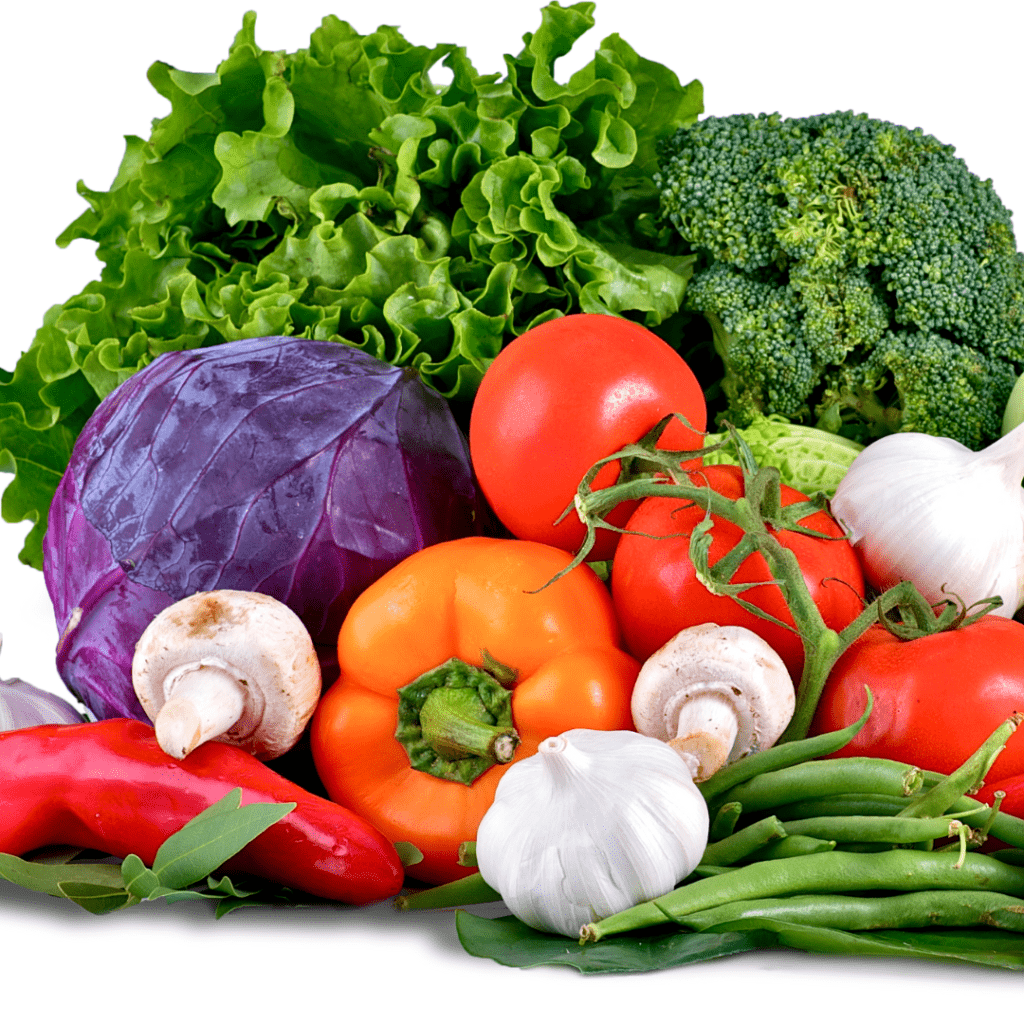
Grandbar Snacks® are a great source of Protein from nuts and Zinc from dark chocolate and oats.
Sources:`
Lessons From Epithelialization: The Reason Behind Moist Wound Environment by Tan and Dosan 2019 (The Open Dermatology Journal)
Complex Wounds Department, Cirencester Hospital
www.everydayhealth.com
